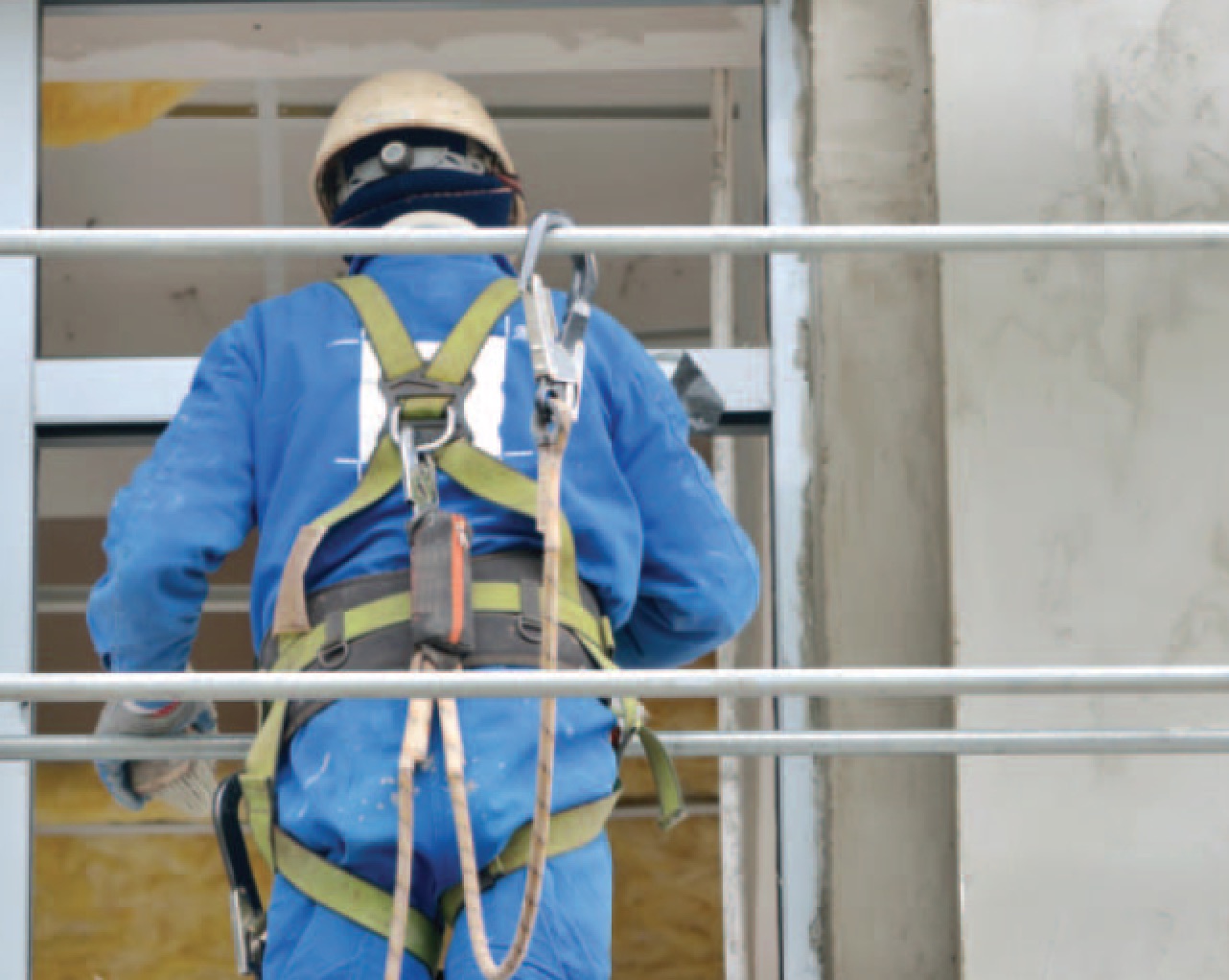Ottawa Construction News special feature
For more than 10 years, LaborTek Safety Training has been providing training to the construction and manufacturing industries. Now, as an approved working at heights trainer, the company will fulfill a critical industry need.
The new legislation, effective April 11, 2015 requires training by an approved trainer providing an approved program in working at heights safety. This training must be completed by 2017. Previous working at heights training does not satisfy the regulations.
LaborTek president Donald Tardiff says despite providing this training previously, his company had to modify programs slightly to meet the new Ministry of Labour (MoL) guidelines. “We had to change some of the wording, extend the practical portion of the course. The course material was then reviewed and there was a classroom evaluation of our trainers by a third party evaluator.”
All of this is to ensure consistency and the thoroughness of training, and explains why trainers must apply to be approved.
Tardiff says for LaborTek the new training requirements have meant an extension of the hands-on portion of the training to 3.5 hours, adjustments at LaborTek’s training facility to include new equipment, and the acquisition of more mobile equipment for on-site training. The company is also developing a French language version of the program to better serve the Ottawa market.
Classes are available in one of two classrooms or on-site to take advantage of real-life situations and equipment concerns. The company’s industrial-type classroom on Triole St. in Ottawa provides close proximity to the 417 via St. Laurent, offers free parking and is fully accessible.
“We also hired three new trainers with specific experience in working at heights training and field experience.”
He says LaborTek received compliments during the evaluation of its training on the hands-on portion, as well as on the company’s use of interactive technology in the classroom which ensures the students are understanding material. “A pass on the course requires a mark of 75 per cent at least on the classroom portion and 100 per cent on the hands on so it’s important both of these are done right.”
The new requirements also call for trainers to file records of training with the MoL, so there is a greater administrative onus on the training provider.
Tardiff says despite the two-year grace period, now is the time for people to upgrade their staff. “Unlike the previous training that was shorter and in which we could accommodate 25 in a class, the new program is a full eight hours and we are limited to 12 students per instructor. Whether people had previous training or thought they didn’t need training before, now is the time to start planning to get it done.”
He says people who are not trained when the regulation kicks in will not be allowed on site which could mean project slow-downs or contractors being passed over for jobs.
Once working at heights training is completed, Tardiff says there is also on-site training that must be completed to ensure workers are familiar with specific equipment and specific site conditions. Currently the responsibility of the employer, he says this may be another element that evolves as part of the trainer’s responsibilities as the program evolves and is evaluated. “There is always room for improvement and evolution and we’ll work closely with the MoL to ensure we’re providing the most complete training we can.”
LaborTek also provides WHMIS training, and upgraded its first aid and CPR training program to the paramedic training program. Other commonly conducted courses include accident investigation, asbestos, confined spaces safe entry, and trench safety.
For more information, visit http://labortek.com/safety_training.

